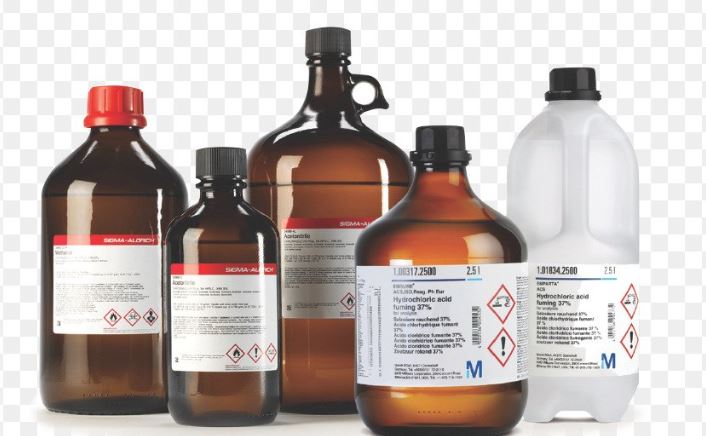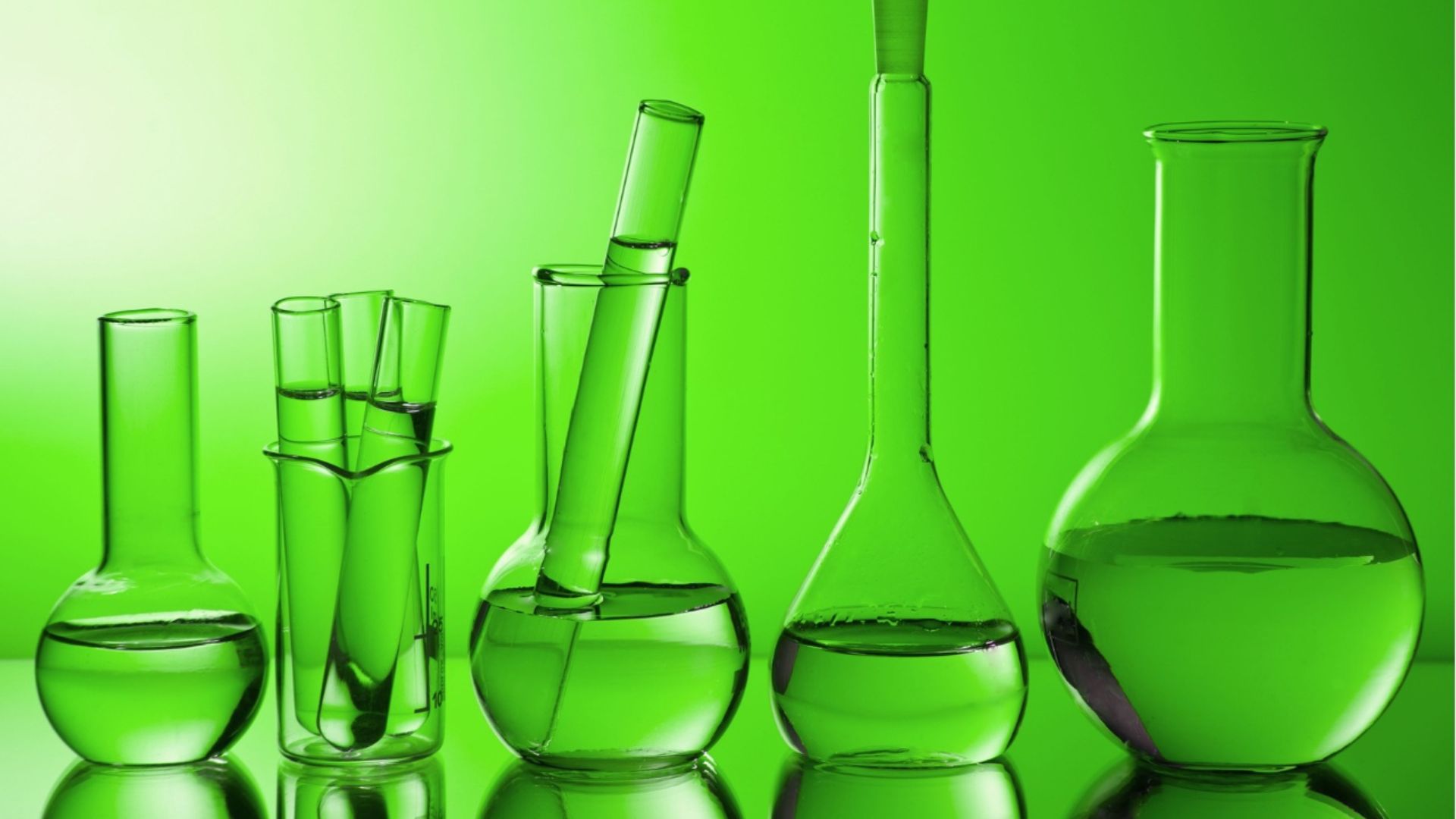Purifying chemicals is a crucial process in any laboratory setting. Ensuring that chemicals are pure is essential for accurate experiments and reliable results. In this article, we will explain the best methods for purifying chemicals to help you achieve high-quality outcomes in your lab work.
1. Distillation
Distillation is one of the most common methods for purifying chemicals. This technique involves heating a liquid to create vapour and then cooling the vapour to produce a purified liquid. Distillation is effective for separating components with different boiling points, making it ideal for purifying solvents and other liquid chemicals.

Purifying Chemicals
2. Recrystallization
Recrystallization is a method used to purify solid chemicals. In this process, the impure solid is dissolved in a hot solvent and then allowed to cool slowly. As the solution cools, pure crystals form and impurities remain in the solution. Recrystallization is particularly useful for organic compounds.
3. Chromatography
Chromatography is a versatile technique for purifying chemicals. It involves passing a mixture through a medium where different components move at different rates. There are various types of chromatography, including gas chromatography and liquid chromatography, each suitable for different kinds of chemical purification.
4. Filtration
Filtration is a simple yet effective method for purifying chemicals. This technique separates solids from liquids or gases by passing them through a filter.
5. Extraction
Extraction involves separating a compound from a mixture using a solvent. This method can be applied to both liquid-liquid and solid-liquid systems. By choosing the appropriate solvent, you can selectively dissolve the desired compound, leaving impurities behind.
6. Sublimation
Sublimation is a method used to purify volatile solids. This process involves heating the solid to convert it directly into vapour without passing through a liquid phase. Sublimation is particularly effective for purifying compounds that have low melting points.
7. Precipitation
Precipitation is a technique where a dissolved substance is converted into a solid by adding a reagent. The solid, known as a precipitate, can then be separated from the solution by filtration or centrifugation. Precipitation is commonly used to purify inorganic compounds and proteins.
8. Adsorption
Adsorption involves the adhesion of molecules from a gas or liquid to a solid surface. Hence, adsorption is effective for purifying chemicals in both industrial and laboratory settings.
9. Ion Exchange
Ion exchange is a process that removes ions from a solution and replaces them with other ions.
10. Ultrafiltration
Ultrafiltration uses a semipermeable membrane to separate particles based on size. This technique is effective for purifying solutions by removing large molecules, such as proteins or polymers, while allowing smaller molecules to pass through.
11. Fractional Distillation
Fractional distillation is a refinement of simple distillation, used to separate mixtures of liquids with closer boiling points. This method involves multiple vaporization-condensation cycles within a fractionating column, leading to more effective separation and purification of chemicals.
12. Electrolysis
Electrolysis involves using an electric current to drive a chemical reaction and separate components of a compound.
13. Crystallization
Crystallization involves forming solid crystals from a homogeneous solution. This method is particularly effective for purifying salts and other crystalline substances.
14. Rotary Evaporation
This method is particularly useful for concentrating and purifying liquid chemicals.
15. Centrifugation
Centrifugation uses centrifugal force to separate components of a mixture based on their density. This technique is effective for purifying chemicals by separating solids from liquids or different liquid phases.
Conclusion
Purifying chemicals is essential for achieving accurate and reliable results in the lab. By employing these methods, you can ensure that your chemicals are pure and free from impurities. Each technique has its advantages and is suitable for different types of chemicals, so choose the method that best fits your needs.




